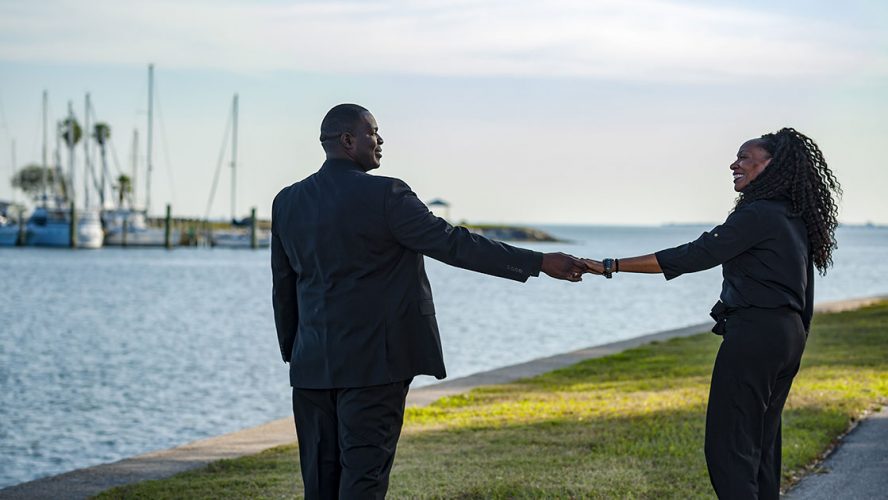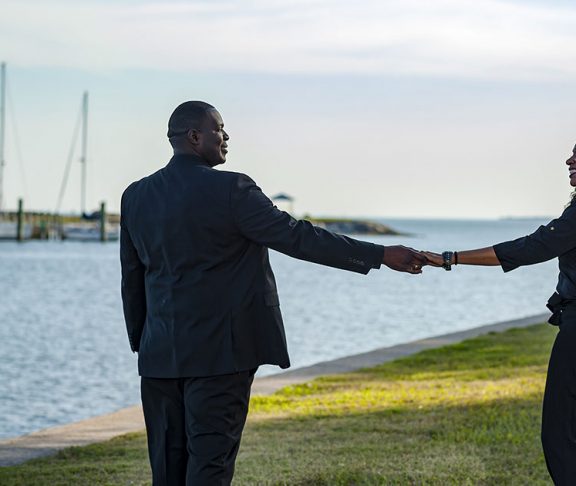Tonya Cajuste and her husband J.C. were getting ready for church one Sunday in November 2013 when she decided to have a peanut butter and jelly sandwich for breakfast.
She soon started feeling unwell, as if the sandwich were stuck in her chest.
When she stood up, J.C. saw her face turn gray and he immediately said, “Babe, I think we need to get you to the hospital.”
Neither of them knew that Cajuste’s aorta — the largest artery in the body — was tearing apart. Or that she would ultimately need a double-organ transplant in order to survive.
A grim diagnosis
Cajuste was rushed into surgery at a Palm Beach hospital. Doctors there told her husband that she had about a 10 percent chance of surviving the aortic dissection.
Cajuste was no stranger to health challenges. Before the dissection, she had been living with kidney disease and had to have regular dialysis. She was already waiting for a kidney transplant.
Still, the dissection took everything to a different level. Cajuste made it through surgery, but the ordeal had damaged her heart. She would need a heart transplant as well as a new kidney, the Palm Beach doctors told her. They contacted three hospitals, asking if anyone would look at her case, “because things were dreadful, apparently,” Cajuste says.
Still a high risk
Even for Tampa General Hospital, where patients with complex illnesses are transferred to in Florida, doctors knew Cajuste’s chances were of survival were slim.
“Her risk was huge,” says Dr. Peter Berman, a transplant cardiologist at the hospital. “We’re talking a high-risk patient, even by our standards — and we only see high-risk patients. She was a level above that.”
Still, Tampa General, one of the nation’s busiest transplant centers, was the only hospital to say yes to treating her. Then, on January 20, 2015, Cajuste got the call that changed her life — there were organs waiting for her.
Soon she was in surgery again, getting her new heart. She remembers waking up and giving J.C. a thumbs up. Then she went back into surgery to get her new kidney.
A new life
After the surgery, Cajuste faced rehabilitation and some health setbacks, but today, while she still faces a somewhat higher risk of another aorta problem, she is healthy, happy and has been able to return to work.
Cajuste feels blessed to have more time with her husband. She figures that now she’ll get to see her son marry and have children. She also remains keenly aware that she is alive today because another family lost a loved one. That family has described her donor as a “sweet, kind, giving person.”
“I want to carry on that legacy too,” Cajuste says. “That person who gifted me with this, their family doesn’t get the benefit of seeing them, or hearing their laughter or knowing they are touching lives. So for me, it’s important to carry on a life-changing, helping people kind of legacy.”
Cajuste also has special words for the health-care workers who cared for her.
“I know a lot of people don’t get to see the before and after,” she says. “This is definitely the after. Transplantation extends life. And it makes lives better.”

